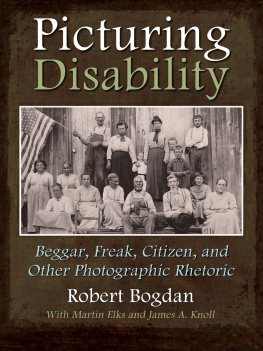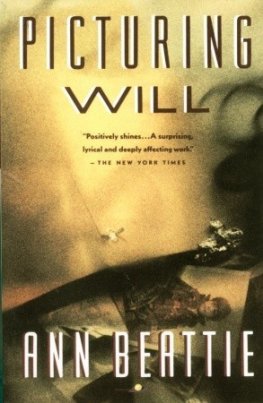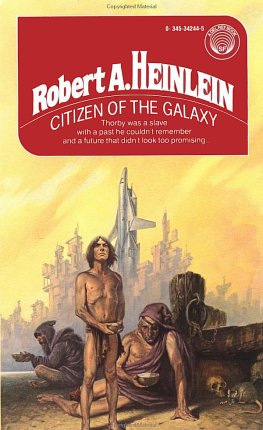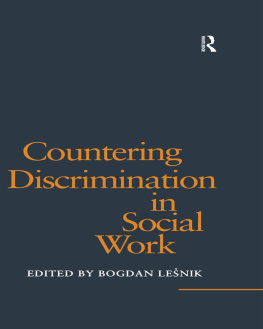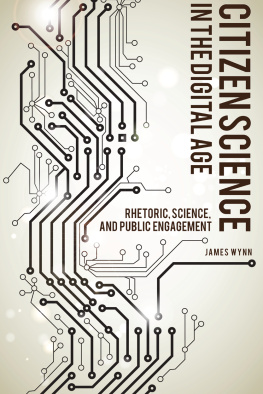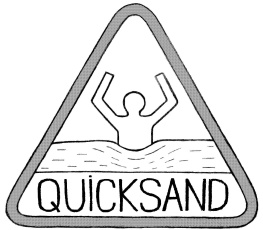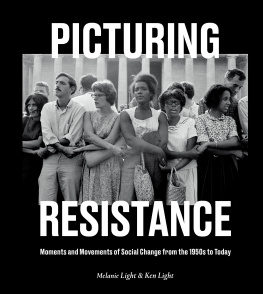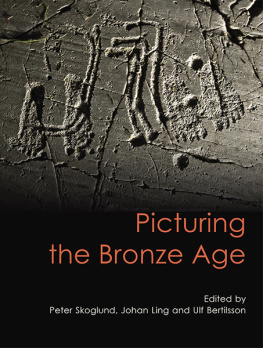Contents
Guide
Page List

Picturing Disability
Critical Perspectives on Disability
Steven J. Taylor, Beth A. Ferri, and Arlene S. Kanter, Series Editors
Books in the Critical Perspectives on Disability series, launched in 2009, explore the place of people with disabilities in society through the lens of disability studies, critical special education, disability law and policy, and international human rights. The series publishes books from such disciplines as sociology, law and public policy, history, anthropology, the humanities, educational theory, literature, communications, popular-culture studies, and diversity and cultural studies.
OTHER TITLES FROM CRITICAL PERSPECTIVES ON DISABILITY
Acts of Conscience: World War II,
Mental Institutions, and Religious Objectors
STEVEN J. TAYLOR
Disability and Mothering: Liminal Spaces of Embodied Knowledge
CYNTHIA LEWIECKI-WILSON AND JEN CELLIO, EDS.

Copyright 2012 by Syracuse University Press
Syracuse, New York 13244-5290
All Rights Reserved
First Edition 2012
14 15 16 17 18 6 5 4 3 2
The paper used in this publication meets the minimum requirements of the American National Standard for Information SciencesPermanence of Paper for Printed Library Materials, ANSI Z39.48-1992.
For a listing of books published and distributed by Syracuse University Press, visit our website at SyracuseUniversityPress.syr.edu.
ISBN: 978-0-8156-3302-0
Library of Congress Cataloging-in-Publication Data
Bogdan, Robert.
Picturing disability : beggar, freak, citizen, and other photographic rhetoric / Robert Bogdan, with Martin Elks and James A. Knoll. 1st ed.
p. cm. (Critical perspectives on disability) Includes bibliographical references and index.
ISBN 978-0-8156-3302-0 (cloth : alk. paper) 1. People with disabilitiesPortraits. 2. People with disabilitiesHistory. 3. Sociology of disability. I. Elks, Martin. II. Knoll, James A. III. Title.
HV1568.B64 2012
305.908dc23 2012033977
Manufactured in the United States of America
Contents
Illustrations
PHOTOGRAPHS
TABLE
Acknowledgments
A work of this nature involves many peoples efforts. I thank those who helped me.
Martin Elks researched and wrote , Art for Arts Sake. These chapters are based on Elkss and Knolls outstanding doctoral dissertations, completed at Syracuse University (Elks 1992; Knoll 1987). Not only are these chapters important contributions to this book, but the work of these two talented scholars provided some of the inspiration that sustained my efforts in completing it.
Research on asylum postcards in is derived from work I published with Douglas Biklen, Arthur Shapiro, and D. Spelkolman (Bogdan et al. 1982).
I also thank those who helped in obtaining the illustrations found here. Leonard A. Lauder, Bruce Nelson, and Joel Wayne have been most generous over the years in allowing me access to their significant collections. Others who have contributed images to this book include Doug Aikenhead, Carl Griffin, Mike Maslan, Jim Matthews, Don and Newly Preziosi, and Robert Wainwright. I am indebted to Lynda Klich, archivist for the Leonard A. Lauder Collection; Nicolette Dobrowolski, archivist in the Special Collections Research Center at Syracuse University; Craig Williams, senior librarian at the New York State Library; David W. Rose, archivist for the March of Dimes; Carin Johnson at the Fraenkel Gallery; Meredith Lue at Mary Ellen Mark Library/studio; and Susan Thomas at the Wolfensberger Collection. Meg Bogdan, my daughter, helped with clarifying and researching copyright restrictions and other legal dimensions of the book.
A special thanks to my colleague Steve Taylor, who prodded me to start as well as to complete this project. He provided insightful commentary at various stages in the preparation of this manuscript, including a careful reading of an early draft. In addition to making general suggestions about the manuscript, John Moeschler applied his medical expertise to an early draft to point out classification, diagnostic, and language concerns. Phil Ferguson read the manuscript and made helpful suggestions for revisions. Annie Barva did a fine job copyediting the manuscript.
I have worked with Mary Selden Evans, former executive editor at Syracuse University Press, on a number of projects over the years. With all of these projects, she has been a supportive and insightful collaborator as well as a joy to work with. My experience with her and others at the pressincluding Alice Pfeiffer, Kay Steinmetz, Victoria Lane, Fred Wellner, Lynn Hoppel, Lisa Kuerbis, Mona Hamlin, and Jennika Baineshas filled me with admiration for them. Their support of authors has produced a long list of interesting and important books.
Throughout our years together, Janet Bogdan has served as an editor and a supportive critic of my work. Thanks to her for continuing to serve in that role here. My work and life have greatly been improved by her presence.
Abbreviations
Aikenhead Coll. | Douglas Aikenhead Collection, Ann Arbor, Michigan |
Becker Coll. | Ronald G. Becker Collection of Charles Eisenmann Photographs, Special Collections Research Center, Syracuse University Library |
Blatt Coll. | Burton Blatt Collection, Syracuse University Archives |
Coll. of Leonard A. Lauder | Collection of Leonard A. Lauder, New York City |
March of Dimes Coll. | March of Dimes Collection, White Plains, New York |
Maslan Coll. | Michael Maslan Collection, Seattle |
Matthews Coll. | Jim Matthews Collection, Los Angeles |
B. Nelson Coll. | Bruce Nelson Collection, Portland, Maine |
Preziosi Coll. | Don and Newly Preziosi Collection, Medham, New Jersey |
Joel Wayne, Pops Postcards | Joel Wayne, Pops Postcards, Los Angeles |
Wainwright Coll. | Robert Wainwright Collection, Point Pleasant, New Jersey |
Introduction
Picturing Disability

I n this book, I examine historical photographs and old printed images derived from photos of people we would now say have disabilities. the images and the picture makers perspectives. I cover photographs produced for sideshows, begging, charity drives, asylum reports and promotional texts, eugenics texts, advertising, movies, art galleries, and family albums.
Rather than continue to use the awkward phrase photographs and printed images derived from photographs and similar expressions, I substitute just photographs. I include Martin Elks and James Knolls chapters in my discussion of aims and approaches in this introduction. I use I and my for simplicitys sake and because I am the books primary author.
I am not the first to tackle the topic of the visual representation of people with disabilities in photographs. There have been important predecessors. Some of these writers instruct us about whether particular disability images are positive or negativewhether they demean or in other ways malign people with disabilities or portray them in complimentary ways (e.g., Hevey 1992; Norden 1994; Millet 2004; B. Haller 2010). Others develop classifications schemes of the various ways people with disabilities are depicted (Garland-Thomson 2001). Scholars with a more theoretical bent focus on how the images relate to aesthetics, ethics, race, class, gender, and oppression of particular groups (Garland-Thomson 2002, 2004; Snyder, Brueggemann, and Garland-Thomson 2002; Chivers and Markotic 2010; Sandell, Dodd, and Garland-Thomson 2010; Siebers 2010). These approaches are concerned with broad and abstract cultural meanings and tend to use predetermined theoretical lenses that most often do not capture the meanings of the images to those who produced them. That is my approach here.

